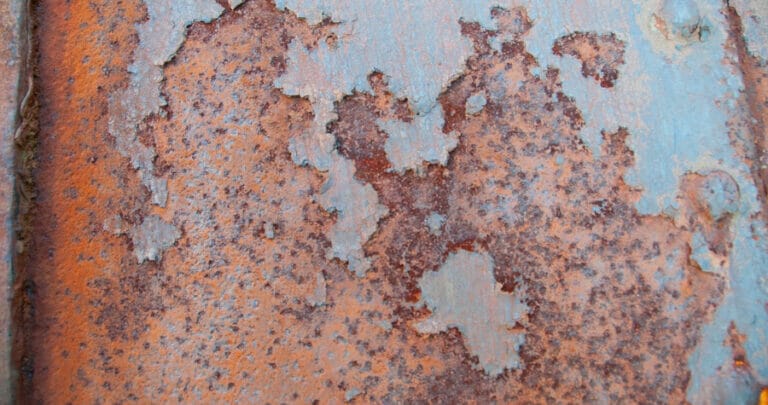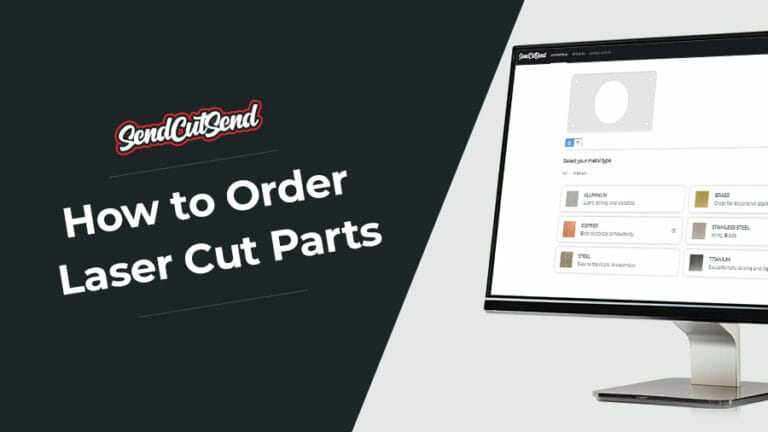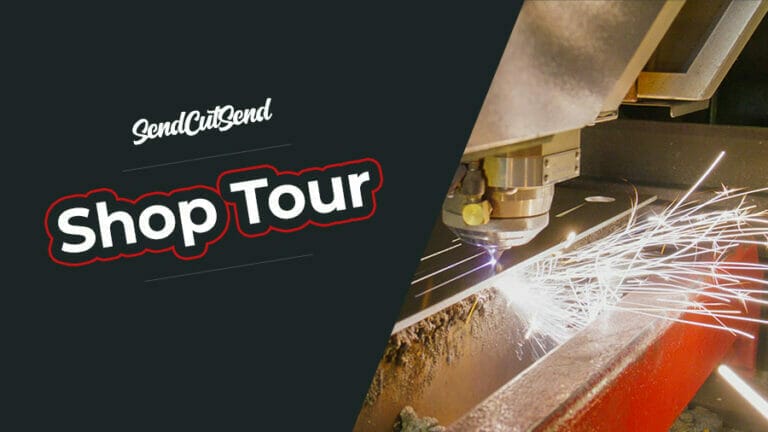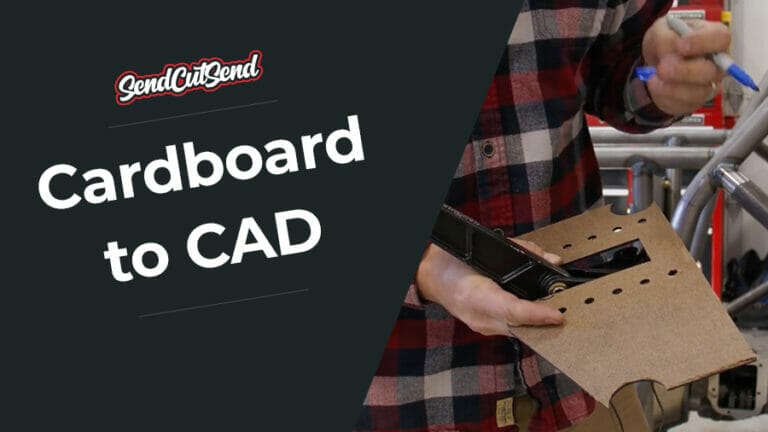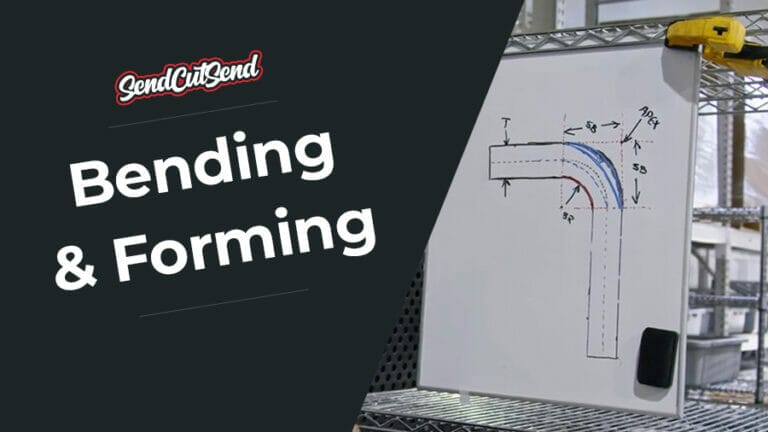Rust is the enemy of metal fabricators everywhere. Left unchecked, it can destroy everything from decorative indoor projects to high-strength vehicle components. Not only does rust eat away at the look of your custom parts, but it can compromise their structural performance and shorten their lifespan.
The good news? With the right materials, coatings, and maintenance, you can prevent rust on sheet metal parts before it becomes a costly problem.
What Causes Rust?
Rust is simply iron oxide—the chemical reaction that occurs when iron combines with oxygen and moisture. Metals that contain iron are called ferrous metals, and they are the ones most vulnerable to rust.
Because so many commonly used sheet metals (like carbon steel and stainless steel) are ferrous, rust prevention is an essential part of fabrication.
The 3 Types of Rust
Rust doesn’t always look the same. Depending on the environment your part is exposed to, you might encounter three different forms:
- Red Rust
- The most common type.
- Appears as reddish-orange powdery flakes.
- Occurs in oxygen-rich, moist environments.
- Over time, flakes worsen and peel away from the surface.
- Black Rust
- Forms beneath layers of red rust in oxygen-poor, moisture-rich environments.
- Appears as a thin black film.
- Progresses more slowly than red rust, but still indicates oxidation.
- White Rust
- Unique to zinc-plated metals.
- Appears as a chalky white powder.
- Common on galvanized bolts, fences, and outdoor fixtures.
- Easily prevented with chrome or other protective coatings.
Stages of Rust Development
Knowing what stage rust is in helps determine whether you can fix the damageor if replacement is necessary.
- Stage 1: Surface Rust
A thin film of oxidation appears as red or orange streaks. Easy to remove with light sanding or brushing. - Stage 2: Bubble Rust
Rust begins to scale and flake. The surface becomes rough, and pitting starts to form. Still salvageable with cleaning and coatings. - Stage 3: Corrosion
Severe degradation. Holes form, material crumbles, and structural integrity is lost. At this stage, the part is often beyond repair.
What Metals Resist Rust?
The easiest way to avoid rust is to use anti-corrosive metals in your design. While no material is 100% maintenance-free, some metals naturally resist oxidation better than others.
Anti-Corrosive / Rust-Resistant Metals
- Aluminum → Forms a protective aluminum oxide layer when exposed to moisture. Lightweight, affordable, and easy to fabricate.
- Galvanized Steel (G90) → Coated in zinc, which corrodes before the steel does. Great balance of strength and rust resistance.
- Brass & Copper → These non-ferrous metals do not rust at all. They form a protective patina instead of destructive rust.
Corrosive Metals (Rust-Prone)
- Carbon Steel, Stainless Steels (304, 316), and Chromoly (4130) all contain iron, making them susceptible to rust.
- These materials provide exceptional strength, so they are still widely used—but they require protective coatings to extend their lifespan.
8 Proven Ways to Prevent Rust on Metal Parts
If you’re working with ferrous metals, you’ll need to take extra steps to prevent oxidation. Here are the most effective methods:
1. Powder Coating
Applies a durable, hardened polymer layer that blocks oxygen and moisture. Powder coating also doubles as an aesthetic finish, with multiple color options available.
2. Plating or Galvanizing
- Zinc or nickel plating adds a sacrificial protective layer to steel.
- Galvanizing (zinc coating) is particularly effective for outdoor parts.
- Keep in mind: plating can wear away over time, so maintenance is important.
3. Oil Coating
A thin layer of oil keeps moisture away from the surface. Affordable and easy, but requires frequent reapplication.
4. Dry Coating
Like oiling, but dries to a clear protective finish. More eco-friendly, longer-lasting, and better suited for industrial parts.
5. Rust-Prevention Paint
Acts as a barrier between the metal and the environment. Available in colored and clear versions so you can maintain aesthetics.
6. Proper Storage
Moisture accelerates rust. Store parts in a cool, dry, low-humidity environment, ideally sealed or covered.
7. Careful Handling
Scratches and dents expose fresh metal beneath protective layers. Handle parts carefully to maintain coatings and finishes.
8. Regular Maintenance
Rust prevention isn’t a one-and-done step. Periodically inspect parts, sand away early rust spots, and reapply protective coatings as needed. Catching rust early saves time and money.
Without proper maintenance and preventative care, everything from decorative indoor projects to vehicle parts are subject to rust damage. This can affect the overall look of your laser cut metal parts, but more importantly, damage the functionality of the part as well. It’s important to ensure your parts are ready to battle weathering, so keep reading to learn how to prevent rust on your metal parts.
FAQs About Rust Prevention
Yes—if caught early. Sand away the rust, recoat with oil or dry coating, and seal with rust-prevention paint.
For light rust, use sandpaper or an orbital sander. For heavier rust, a wire brush works best.
The best prevention is choosing rust-resistant materials (like aluminum or galvanized steel). If using ferrous metals, apply a protective coating such as powder coating or plating.
Prevent Corrosion in Your Custom Parts with SendCutSend
At SendCutSend, we help you fight rust from the start:
- Choose from anti-corrosive materials like aluminum, brass, copper, and galvanized steel.
- Order protective finishes like powder coating and plating directly with your parts.
- Get expert guidance on materials that balance both strength and corrosion resistance.
Upload your design today and take the first step toward rust-free custom metal parts.
